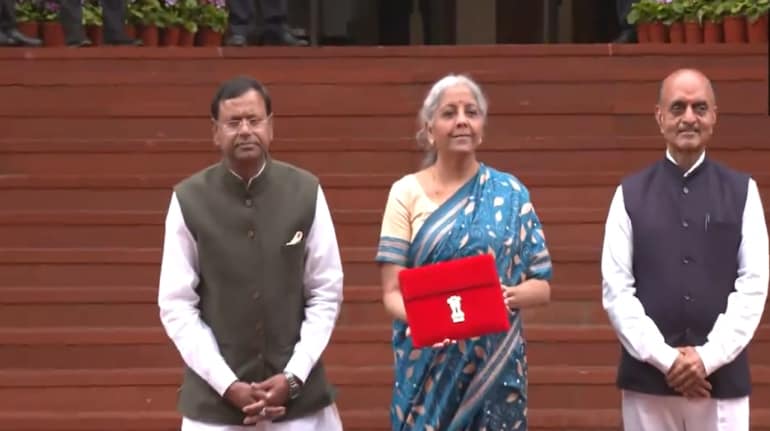India, though is better equipped, is certainly not immune to these events. According to third-quarter GDP statistics, Indian industry grew at a tepid rate, mainly attributed to sluggish domestic demand.
Slower government investment and weak rural demand hampered growth, with agriculture being a key dragger as it recorded the lowest growth over the previous 11 quarters. In fact, as a huge portion of our population is battling with stagnating or decreasing incomes and rising living costs, the present visible private demand is emanating from the top of the pyramid.
This, coupled with sustained high inflation, may indicate the evolution of a stagflationary situation where the economic growth momentum slows.
If the un-abating rise in commodity prices were to go on, it would force the companies across sectors to pass on some hikes to the end consumer in order to protect their margins. This would prove to be a double whammy for them as the price increases can dent demand, impacting top-line along with the already trimming bottomline.
This may eventually cause a slowdown even in corporate earnings growth trajectory resulting in more earnings downgrades than anticipated. Furthermore, a situation like this would be a major blow to RBI’s stance on inflation and can lead to a challenging situation especially since the central bank may still want to be growth supportive.
While the ultimate consequences of the war will only be known with time, investors must remain cautious of the potential macro challenges India may face. Considering this backdrop, investors can consider being overweight on sectors which are inflation and demand resilient.
Event of the week
Airlines eye better days ahead as after a gap of 2 years, international commercial flights to and from India, are set to be fully operational. As a result, Indian airlines’ yield is expected to be fuelled by international segment’s higher margins. Further, as Covid restrictions fade out, a gradual pick-up in corporate travel can catapult demand for air travel. Indicative February passenger data already suggests an improvement in air traffic.
While there are these tailwinds underway, soaring crude oil prices continue to haunt the recovery of this sector. Also, with the acquisition of Air India by Tata group and Akasa Air’s probable launch set this summer, the competitive landscape of the industry is evolving.
While the long term growth prospects of the sector seem positive, it will be interesting to watch whether in the short term, the aviation companies emerge victorious in combating the continuing high ATF prices.
Technical Outlook
Nifty 50 index closed on a positive note for the week after a short-covering rally was witnessed as geopolitical tensions started easing. Having said that, the short-term trend still remains bearish on the charts and Nifty is facing strong selling pressure around 16,800 levels. The undertone of global indices continues to be bearish as well. Till Nifty decisively breaks above 16,800 levels, we suggest traders to maintain a neutral to the mild bearish outlook. Aggressive traders can look to take a short position in the Nifty on a break below 16,450 while keeping stop loss around 16,750 levels.
 ET CONTRIBUTORS
ET CONTRIBUTORSExpectations for the week
Along with the ongoing war, the outcome of US Fed's FOMC March meet will be the main headliner in the coming week. This Fed meet holds more significance especially as policymakers cope with a slew of unknowns due to the Russia-Ukraine conflict. Market participants will be seeking cues from FOMC’s view on the inflation risk and on how aggressive it is prepared to be with interest rate hikes.
Back home, the domestic inflation rate would be the key metric influencing market sentiments early next week as this is the last inflation statistic to be released before the MPC meeting in April. Given these key events, volatility can be elevated and investors are advised to continue with cherry picking resilient companies while avoiding vulnerable counters.
Nifty50 closed the week at 16,630.5, up 2.37%.
Russia-Ukraine war to hit India’s economy! What should D-St investors do? - Economic Times
Read More

No comments:
Post a Comment